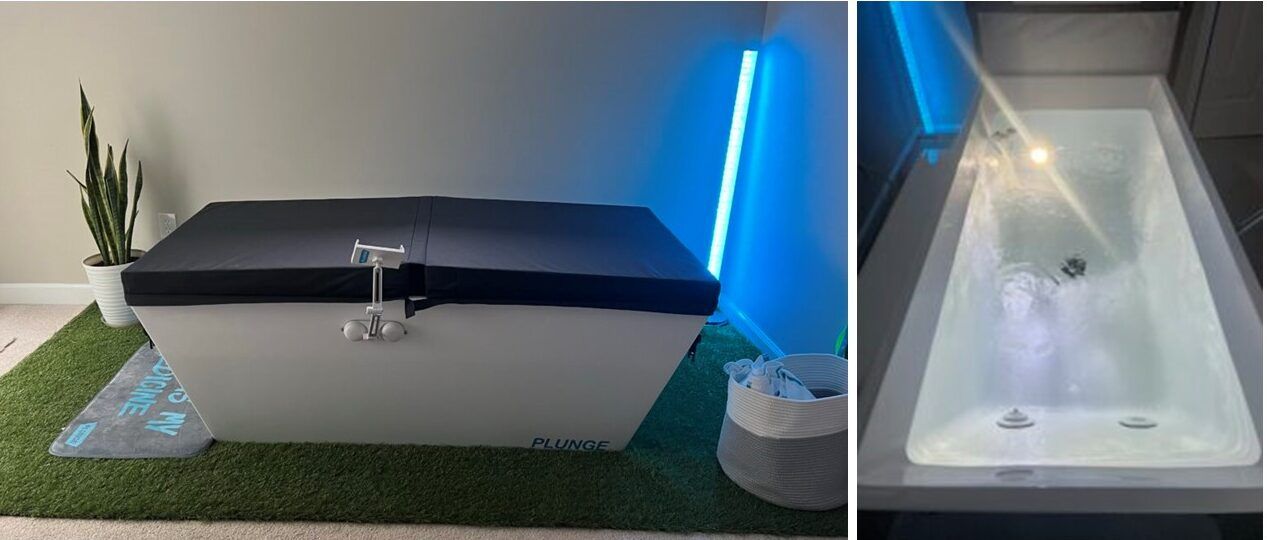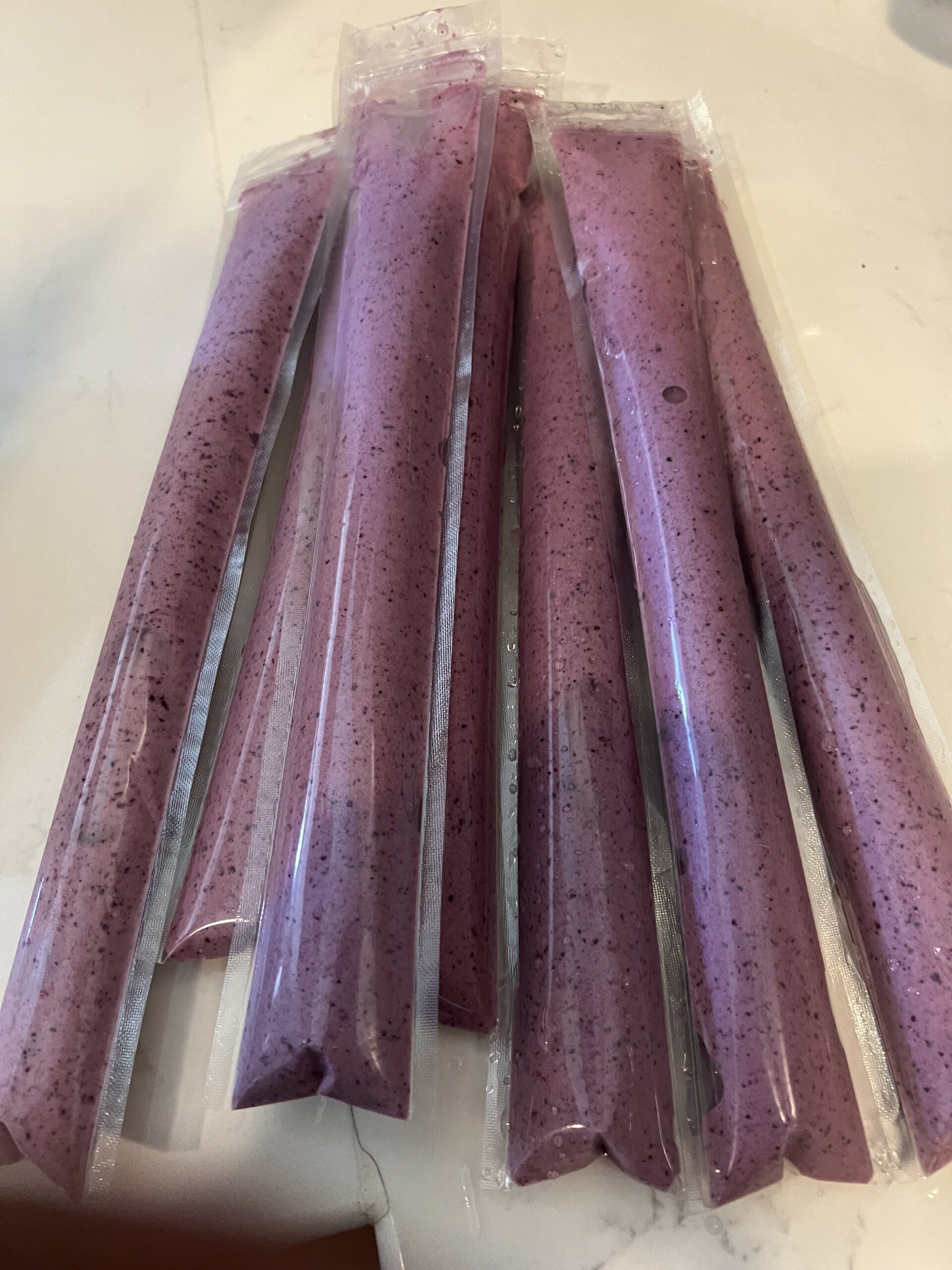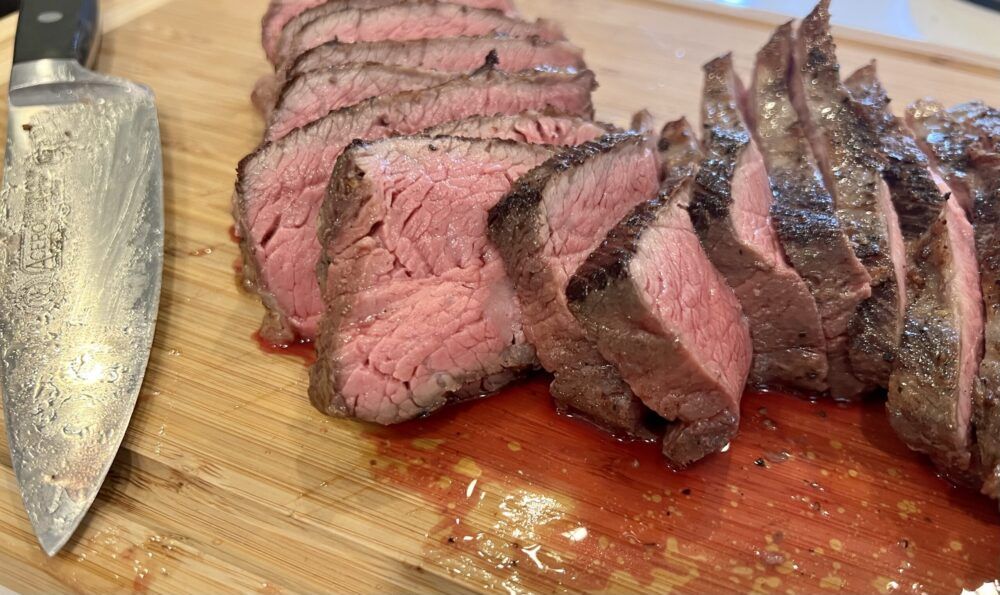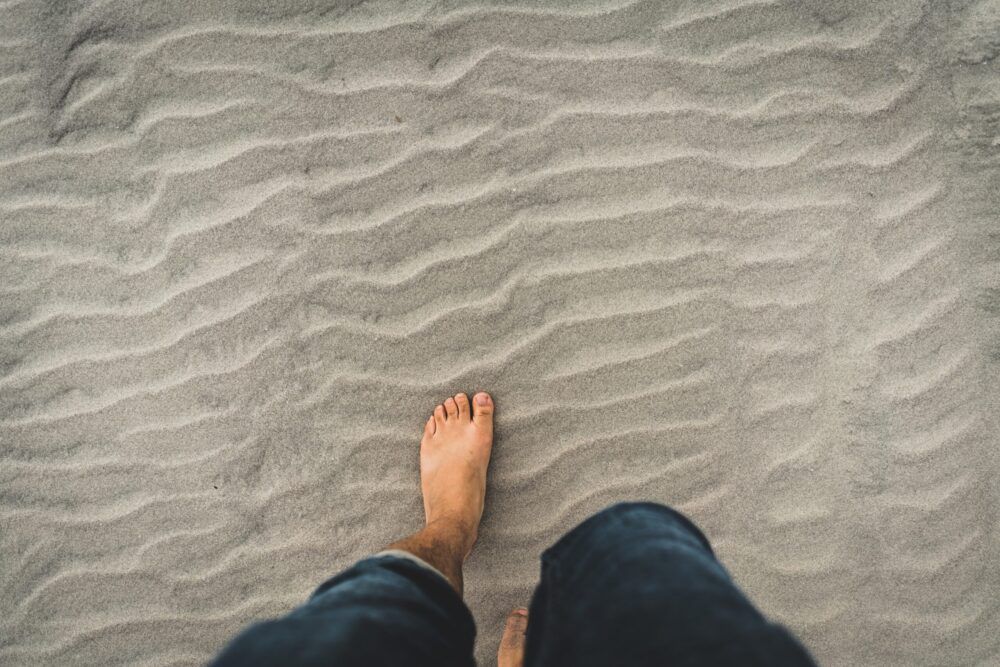Hi All! Today, we are going to talk about cold exposure which is something I’ve been doing frequently for the past few years.
Humans have long harnessed the power of temperature variations to boost their health and well-being, from ancient Roman baths to Finnish saunas.[1] Today, we’re witnessing a resurgence of these age-old practices, particularly through the lens of cold immersion therapy. As an advocate who regularly (though not always successfully) plunges into 47-degree waters for 7 minutes, I can vouch for the invigorating and restorative effects of this practice. Let’s dive into the icy depths of cold immersion therapy, exploring its history, benefits, and ways to try it out.
- Cold Showers: The most accessible and cost-effective method is a cold shower. Start with your regular shower, then turn the temperature down for the last few minutes. Try to extend your time under the cold water with each shower. Monitor your breath as the initial reaction is often rapid, shallow breaths when the cold water hits your chest, neck, and face.
- Ice Tubs: Large steel or plastic tubs, available from places like Tractor Supply, can be filled with ice to achieve the desired temperature (<60 degrees at minimum, <50 preferred). Companies like Ice Barrel also offer solutions. Remember, this method requires a significant amount of ice, which will melt quickly in summer.
- Cold Plunge Tubs: I chose a setup with a built-in chiller (down to about 36 degrees), made by Cold Plunge . [See pics below] While not the cheapest option, it eliminates the need for ice, promoting consistency in practice. Other companies, like Morozko Forge, offer a very high quality product that offers low temps but they are outside my desired price point.
My Setup
The History of Cold Immersion Therapy
The practice of cold immersion has deep roots, recognized by ancient Romans and the Finnish for its potential health benefits. The Romans indulged in baths of varying temperatures, while the Finnish tradition encouraged ice-hole swimming post-sauna.[1]
In the 19th century, Bavarian priest Sebastian Kneipp designed the “Kneipp Cure” after finding relief from tuberculosis in the icy Danube. Kneipp dedicated his life to advocating for water therapy, including cold baths.
The Cold, Hard Facts: The Science Behind the Chill
In recent years, practitioners like Wim Hof, also known as “The Iceman,” and podcasters such as Dr. Andrew Huberman and Joe Rogan have reignited interest in cold immersion. Here’s what science says about the benefits of regular cold exposure:
- Anti-Inflammatory Effects: Athletes have shown reduced inflammation markers after engaging in cold water immersion post-exercise.[2]
- Metabolic Boost: Cold exposure can stimulate brown fat production, a type of fat that burns calories to generate heat.[3]
- Mental Health Enhancement: A study showed that cold showers could trigger an endorphin release, reducing depression symptoms.[4]
- Immunity Boost: Wim Hof and his followers demonstrated an increased immune response following his method, which includes cold immersion training.[5]
- Improved Sleep Quality: Andrew Huberman suggests that cold exposure can enhance sleep quality by helping regulate our circadian rhythm.
Cold exposure profoundly affects our body’s biochemistry, particularly influencing our levels of dopamine and epinephrine, two crucial neurotransmitters involved in mood regulation, motivation, and the body’s response to stress. When we immerse ourselves in cold water, our bodies perceive this as a stressful event. The adrenal glands release epinephrine (also known as adrenaline), a hormone that prepares us for a ‘fight or flight’ response. This resultsin increased heart rate, blood pressure, and glucose levels, collectively providing an energy boost and heightened alertness.
Simultaneously, the brain releases dopamine, often referred to as the “feel-good” neurotransmitter. Dopamine plays a vital role in our ability to feel pleasure, stay motivated, and maintain focus. This is why people often report a mood lift and a feeling of euphoria after a cold plunge. It’s not just psychological; there’s a biochemical basis to this “cold rush.”
This cold-induced spike in dopamine and epinephrine is part of our evolutionary heritage, a response designed to help us survive in harsh environments. Today, we can leverage this response to improve our mood and energy levels, foster resilience, enhance focus, and support overall well-being.
In my personal experience, regular cold plunges have energized me, improved my mental clarity, and helped me feel more resilient. It definitely gets easier with consistent use.
Proceeding with Caution: Cold Immersion Isn’t for Everyone
Despite its numerous benefits, cold immersion therapy isn’t suitable for everyone. Individuals with certain medical conditions, such as heart disease, Raynaud’s disease, asthma, or a compromised immune system, should exercise caution. Potential health risks include hypothermia, frostbite, and heart complications.
If you’re new to cold exposure, remember to start slow. A cold shower or applying ice packs on the body can be a safe starting point before progressing to more intense practices.
Helpful Tips When Taking the Plunge
- Do active breath-work such as Wim Hof Breathing before the cold exposure see my post here .
- Focus on your breath as you enter the water, you’ll have a tendency to have short shallow breaths, try to breath slowly.
- Keep your hands out of the cold water initially as your hands typically get cold the fastest.
- Jump on a rebounder before you enter to get the blood flowing
- Don’t be a hero your first time, try 30 seconds, then 1 minutes etc. Work your way up.
Wrapping Up
In the spirit of personal growth and self-improvement, embracing challenging experiences like cold immersion therapy can help us push our boundaries and step out of our comfort zones. As discussed in the excellent book “The Comfort Crisis,” (see my book summary here: https://dailypathtowellness.com/the-comfort-crisis/ ) pushing ourselves to confront difficult situations can foster mental resilience, enhance self-confidence, and create a sense of accomplishment.
By purposefully seeking out challenges and overcoming them, we train our minds and bodies to become more adaptable and robust. This practice of engaging in discomfort not only teaches us valuable life skills but also helps us appreciate the comfort we have in our daily lives. So, when we plunge into the icy waters or face any other demanding task, we remind ourselves of the power of resilience and our ability to conquer life’s challenges, one freezing plunge at a time.
From boosting metabolic function to improving mental health, cold immersion therapy offers an array of benefits. But remember, it’s essential to understand your personal health conditions and consult with a healthcare provider before starting any new regimen.
Whether you’re intrigued by the thought of a brisk cold shower, or planning to take the plunge into a chilly ice bath, remember to stay safe and cool! After all, like any biohack, cold immersion therapy should always be undertaken responsibly.
Stay cold, friends!
References:
1. van Tubergen, A., & van der Linden, S. (2002). A brief history of spa therapy. Annals of the Rheumatic Diseases, 61(3), 273–275.
2. Roberts, L. A., Muthalib, M., Stanley, J., Lichtwark, G., Nosaka, K., Coombes, J. S., & Peake, J. M. (2015). Post-exercise cold water immersion attenuates acute anabolic signalling and long-term adaptations in muscle to strength training. The Journal of Physiology, 593(18), 4285-4301. PubMed ID: 24768476
3. Yoneshiro, T., Aita, S., Matsushita, M., Okamatsu-Ogura, Y., Kameya, T., Kawai, Y., … & Saito, M. (2013). Age-related decrease in cold-activated brown adipose tissue and accumulation of body fat in healthy humans. Obesity, 21(9), 1723-1729. PubMed ID: 27601438
4. Shevchuk, N. A. (2008). Adapted cold shower as a potential treatment for depression. Medical hypotheses, 70(5), 995-1001. PubMed ID: 1799325
5. Kox, M., Stoffels, M., Smeekens, S. P., van Alfen, N., Gomes, M., Eijsvogels, T. M., … & Pickkers, P. (2014). The influence of concentration/meditation on autonomic nervous system activity and the innate immune response: a case study. Psychosomatic medicine, 76(5), 369-374. PubMed ID: 24799686




